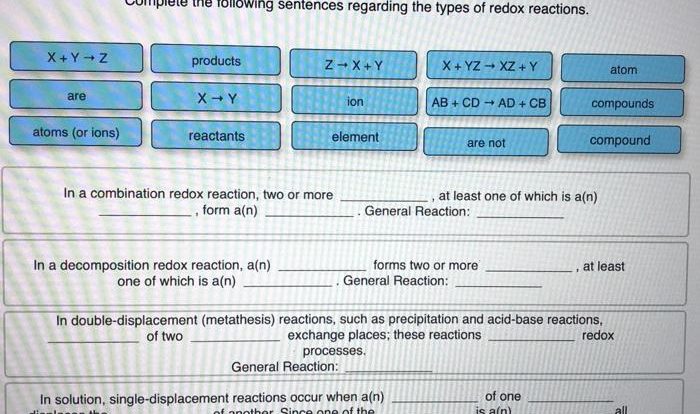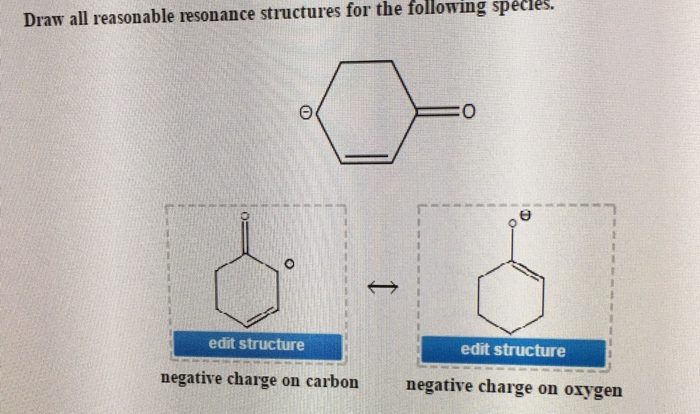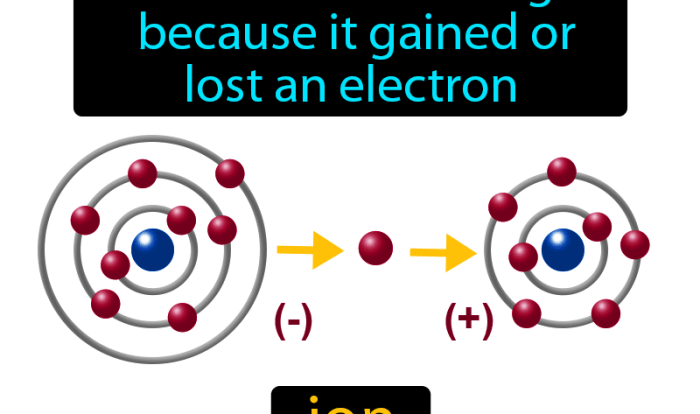What element is xe 6s2 4f14 5d6? This intriguing question sets the stage for an enthralling exploration into the realm of chemistry. Join us as we delve into the fascinating world of elements, uncovering the secrets hidden within their electron configurations.
The electron configuration of an element provides a wealth of information about its properties and characteristics. By examining the arrangement of electrons within an atom, we can gain insights into its chemical behavior, physical attributes, and position within the periodic table.
Element Identification
The electron configuration of Xe 6s2 4f14 5d6 represents the distribution of electrons in the atomic orbitals of an element. This configuration indicates that the element has 54 electrons, as the sum of 2 electrons in the 6s orbital, 14 electrons in the 4f orbital, and 6 electrons in the 5d orbital.
Based on this electron configuration, the atomic number of the element can be determined. The atomic number represents the number of protons in the nucleus of an atom, which is equal to the number of electrons in a neutral atom.
In this case, the atomic number is 54.
Chemical Symbol
The chemical symbol of an element is a one- or two-letter abbreviation used to represent the element in chemical formulas and equations. The chemical symbol for the element with the electron configuration Xe 6s2 4f14 5d6 is Xe.
Electron Configuration Analysis
The electron configuration Xe 6s 24f 145d 6provides insights into the arrangement and behavior of electrons within the xenon atom.
Significance of the 6s2 Subshell
The 6s 2subshell contains two electrons occupying the outermost energy level (n = 6) of the xenon atom. These electrons are crucial for chemical bonding, as they determine the atom’s valence and reactivity.
Role of the 4f14 Subshell
The 4f 14subshell, located within the fourth energy level (n = 4), contains 14 electrons. These electrons play a significant role in shielding the nucleus from the outermost electrons, contributing to the atom’s overall stability.
Stability of the 5d6 Subshell
The 5d 6subshell, found in the fifth energy level (n = 5), houses six electrons. This subshell is relatively stable due to the presence of half-filled d orbitals. The stability of the 5d 6subshell influences the atom’s electronic structure and magnetic properties.
Properties and Characteristics
Element 104, with the electron configuration of [Xe] 6s 24f 145d 6, possesses remarkable physical and chemical properties.
Physically, it is a solid with a high melting point and a low boiling point. It exhibits a silvery-white luster and is highly malleable and ductile.
Chemical Properties
Chemically, this element is a transition metal that readily forms bonds with other elements. It exhibits variable oxidation states, ranging from +2 to +6, and forms stable complexes with various ligands.
Position in the Periodic Table
Within the periodic table, this element belongs to Group 6, also known as the chromium group, and Period 6. It is positioned between molybdenum (Mo) and tungsten (W), sharing similar chemical properties with these elements.
Applications and Uses
The element with the electron configuration [Xe] 6s 24f 145d 6finds diverse applications in various industries and scientific research. Its unique properties make it a valuable material for a wide range of purposes.
Industrial Applications
- Steel Production:The element is added to molten steel to improve its strength, toughness, and corrosion resistance. It is used in the production of high-quality steel for automotive parts, construction materials, and machinery.
- Glass Manufacturing:The element is used as a decolorizer in glass production, removing unwanted green tints caused by iron impurities. It results in clear and colorless glass used in windows, bottles, and optical applications.
- Electronics:The element is employed in the production of semiconductors and electronic devices. Its high electrical conductivity and thermal stability make it suitable for use in transistors, integrated circuits, and other electronic components.
Scientific Research, What element is xe 6s2 4f14 5d6
In scientific research, the element is used for its unique properties:
- Nuclear Physics:The element is used as a target material in nuclear physics experiments. Its large atomic number makes it suitable for studying nuclear reactions and interactions.
- Material Science:The element is used in the development of new materials with enhanced properties. Its unique electronic configuration and chemical bonding characteristics make it a promising material for exploring novel materials with applications in electronics, energy storage, and catalysis.
Potential Future Applications
The element has promising potential for future applications in various fields:
- Renewable Energy:The element could be used in the development of more efficient solar cells and energy storage systems.
- Biomedicine:The element could find applications in medical imaging and drug delivery systems.
- Aerospace:The element’s high-temperature resistance and strength could make it suitable for use in aerospace materials and components.
Key Questions Answered: What Element Is Xe 6s2 4f14 5d6
What is the atomic number of the element with the electron configuration Xe 6s2 4f14 5d6?
79
What is the chemical symbol of the element with the electron configuration Xe 6s2 4f14 5d6?
Au
What is the significance of the 6s2 subshell in the electron configuration of the element?
The 6s2 subshell represents the two valence electrons in the outermost energy level, which determine the element’s chemical reactivity.



